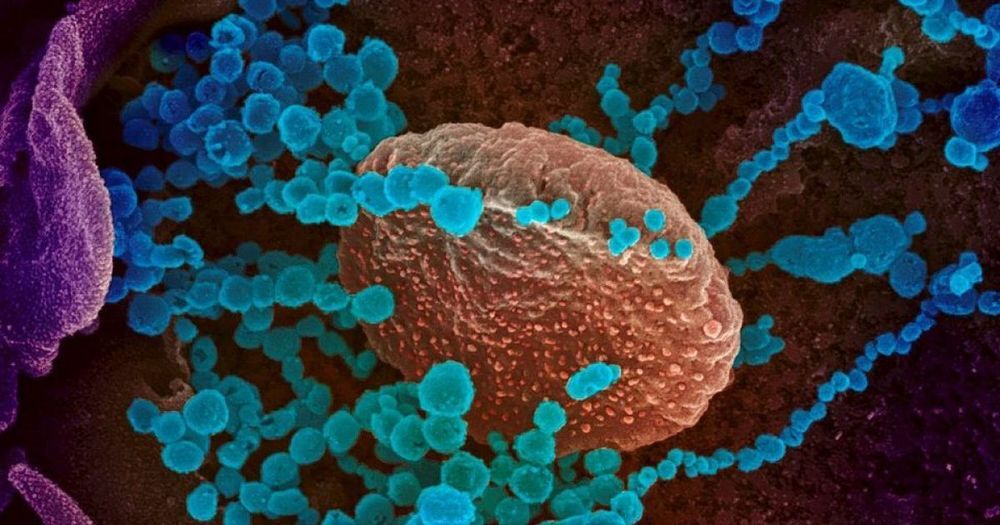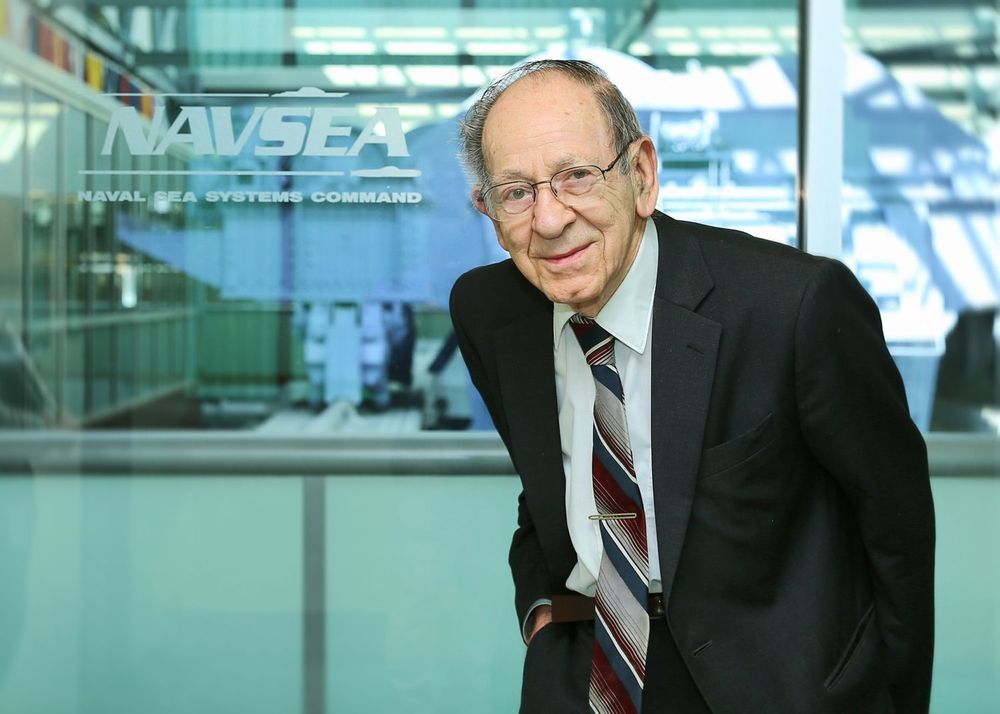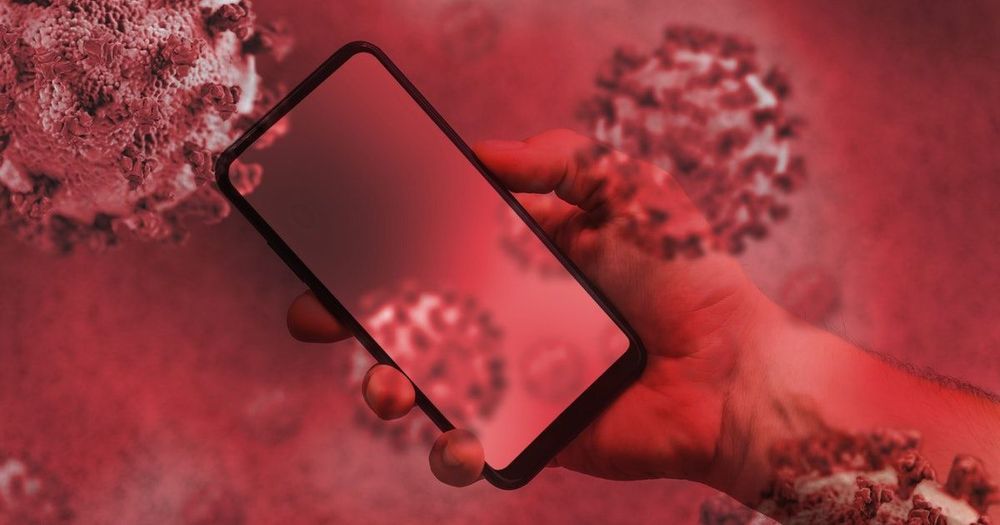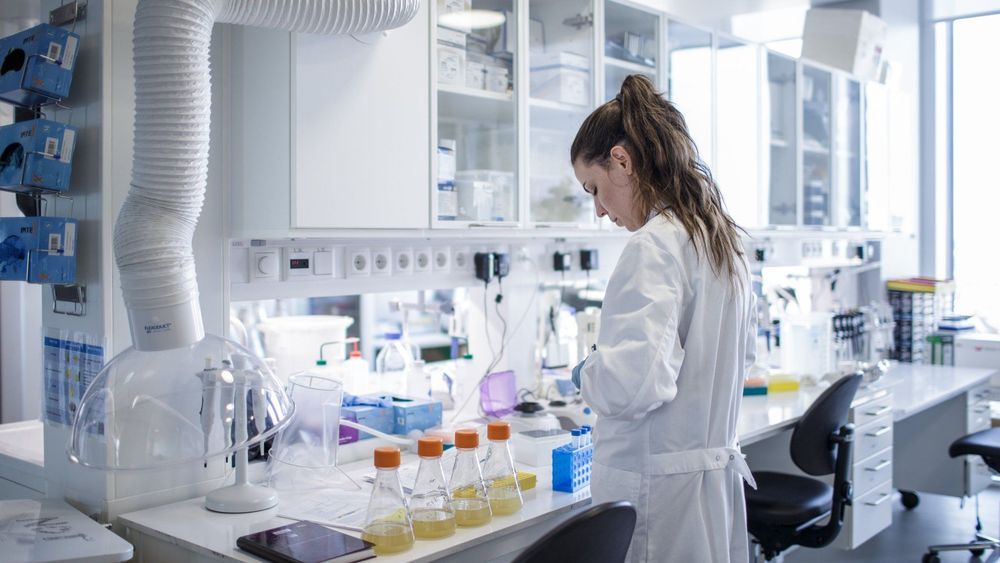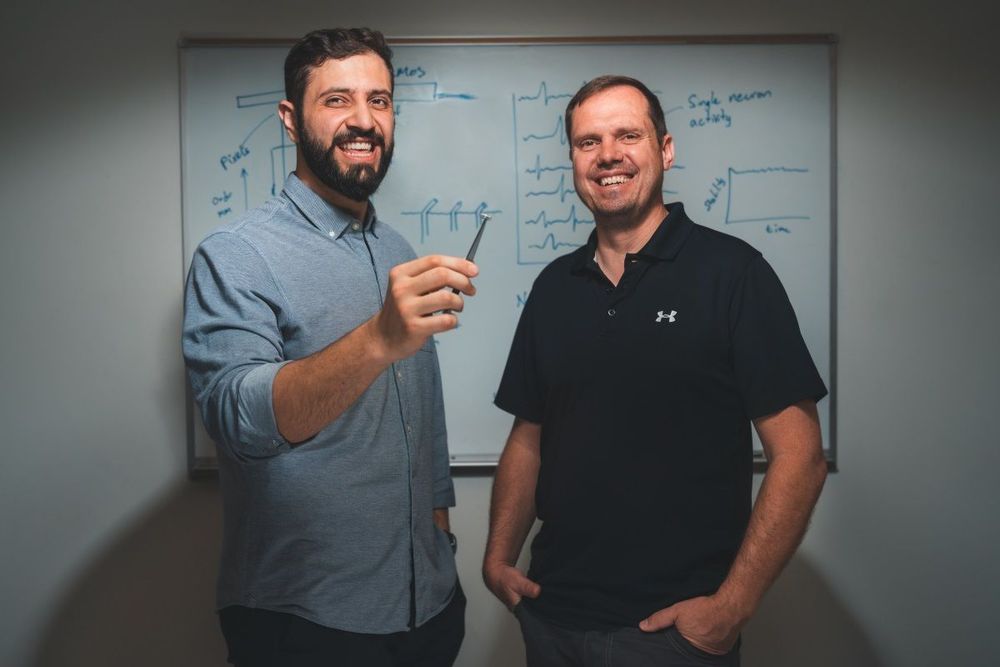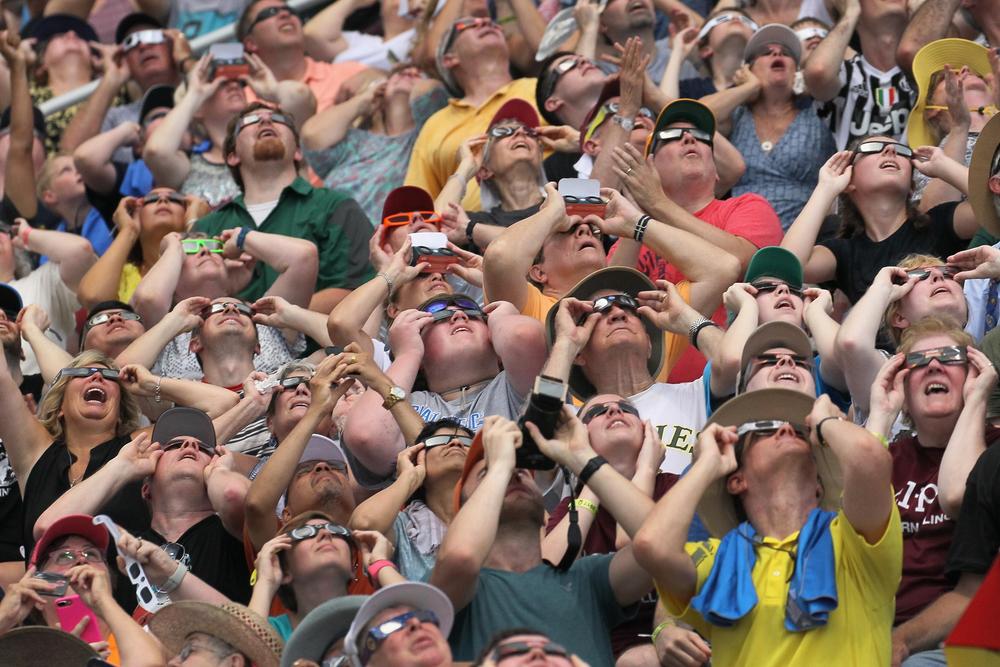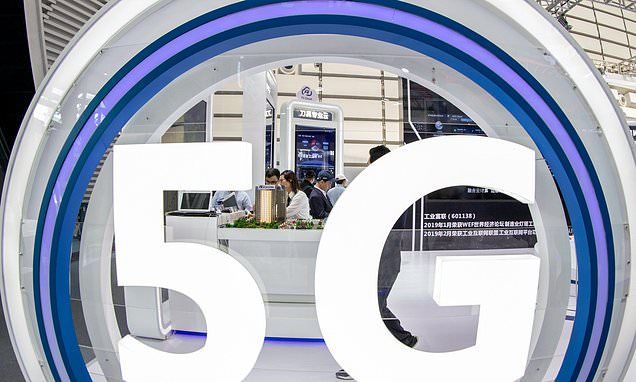At the height of the epidemic in the city, Jinyintan was treating close to 500 coronavirus patients, he said. It currently still has 123 under observation, he said. A study published last month in the New England Journal of Medicine, based on a test in Chinese patients with severe COVID-19 at Jinyintan, said that Kaletra, also known as Aluvia, was not effective as a potential treatment.
Last month, Israel approved the licensing of a generic version of Kaletra to treat patients infected with the coronavirus.
